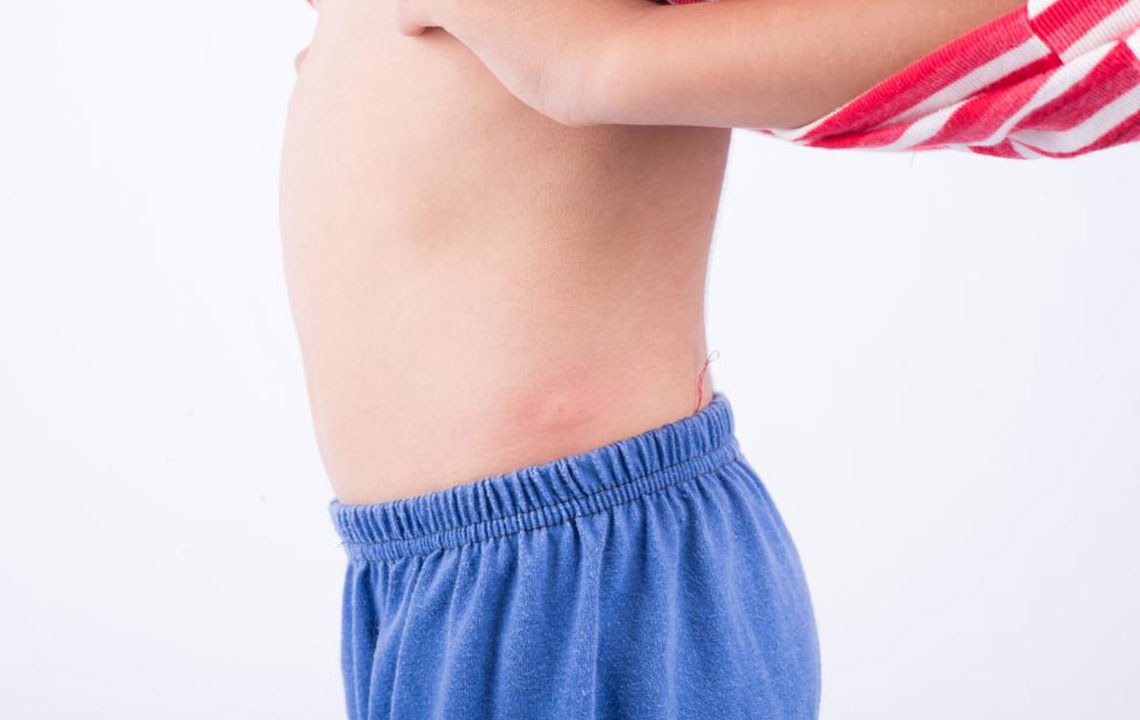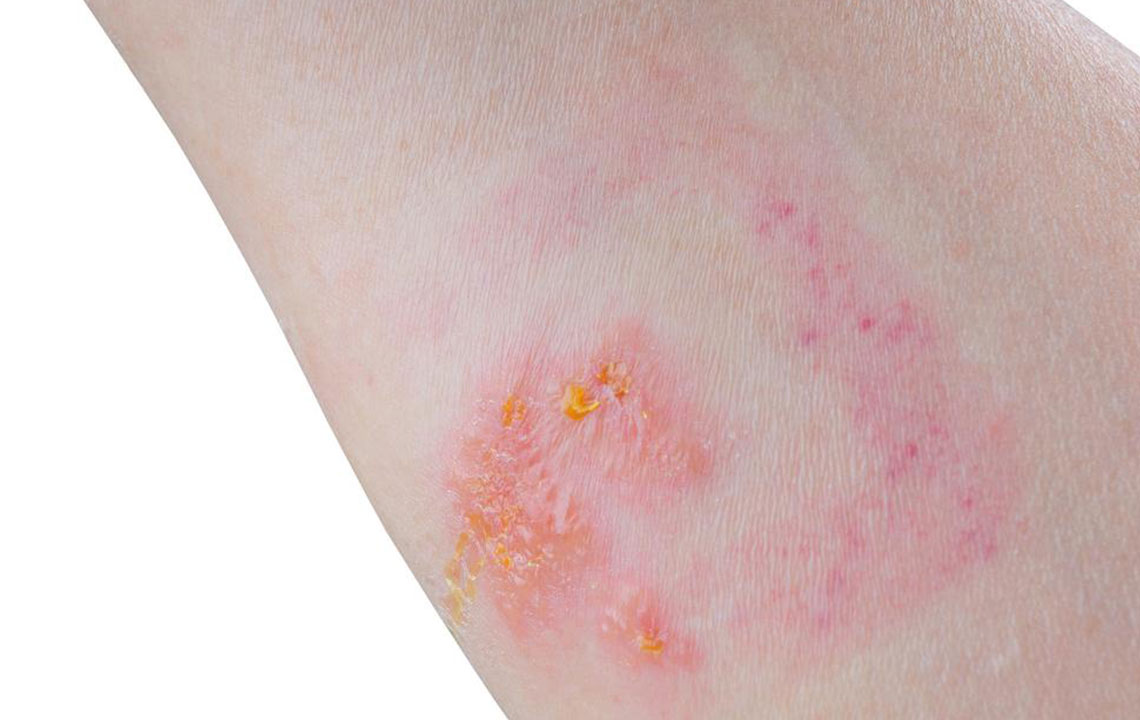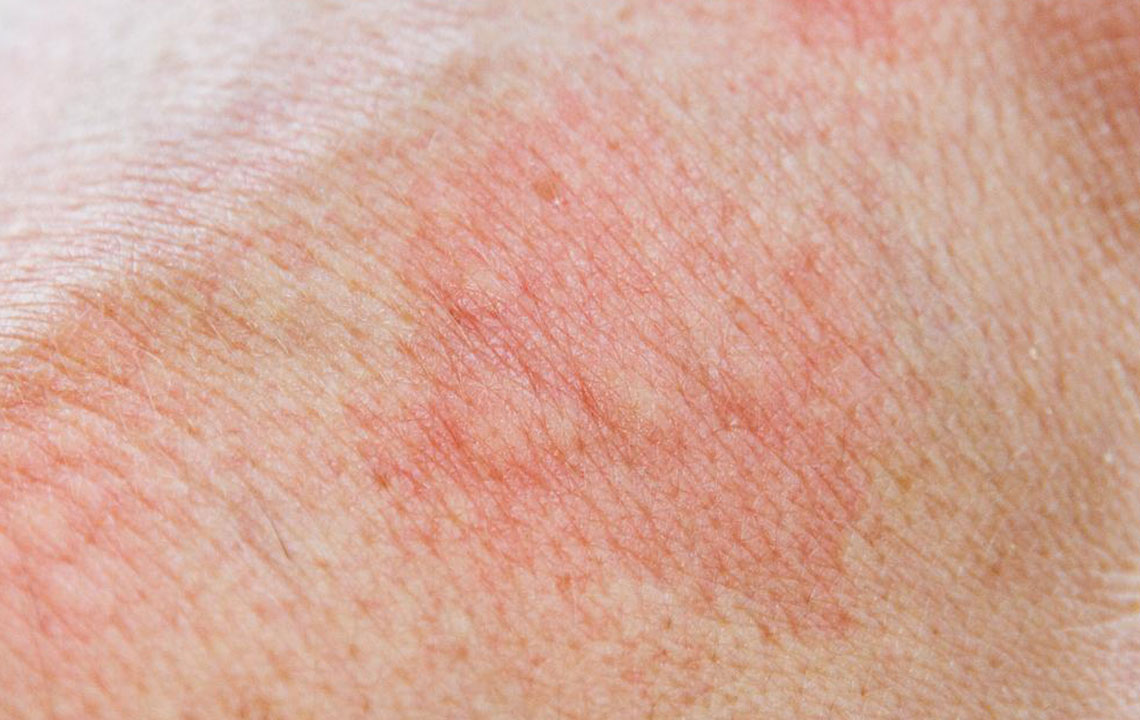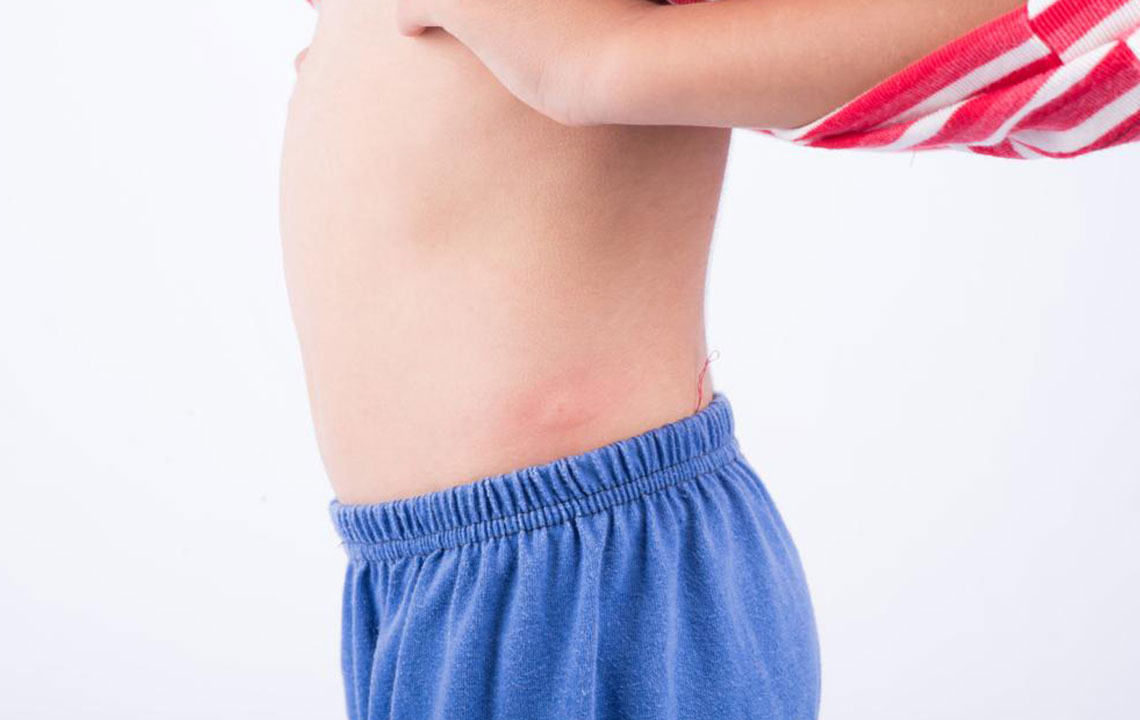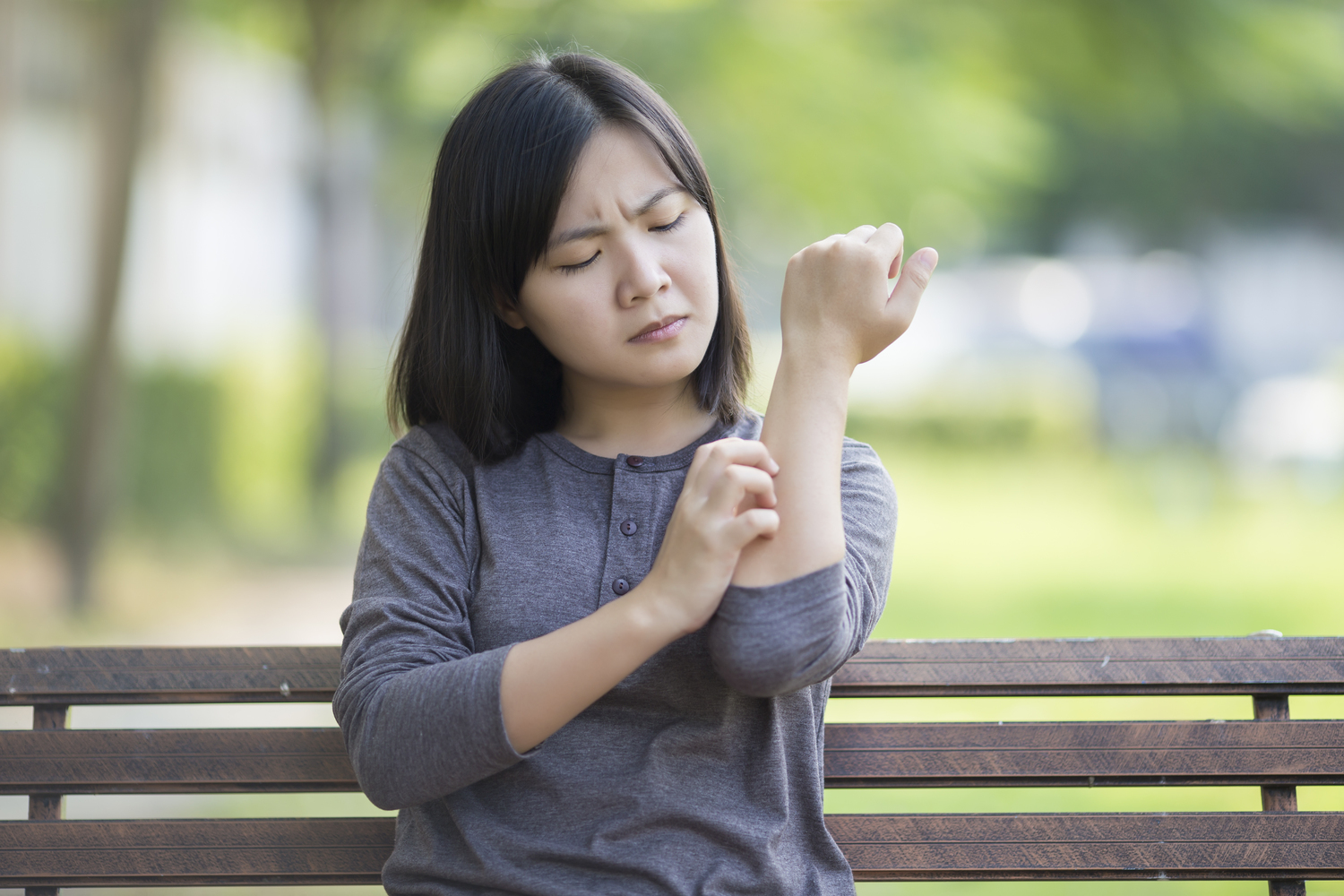Comprehensive Guide to Skin Eruptions: Causes, Types, Diagnosis, and Effective Treatments
Skin eruptions, or rashes, are common dermatological issues with diverse causes including allergies, infections, and autoimmune conditions. Recognizing symptoms such as redness, swelling, and itching early is vital. This comprehensive guide covers the types of skin rashes, their causes, diagnosis, and various treatment options, from medications to home remedies. Proper management can prevent complications and promote skin healing. Consulting a dermatologist for accurate diagnosis and tailored therapy ensures effective relief and recovery. Understanding skin eruptions helps maintain healthy, comfortable skin at any age.

Comprehensive Guide to Skin Eruptions: Causes, Types, Diagnosis, and Effective Treatments
Skin eruptions, widely recognized as rashes, are common dermatological issues that can affect individuals of all ages. These eruptions may arise from various factors such as allergic reactions, insect bites, infections, or chronic skin conditions. Their appearance can vary significantly in size, shape, and color, often manifesting as inflamed, swollen, and sometimes itchy or painful patches on the skin. While some skin eruptions resolve spontaneously without intervention, others require prompt medical attention to prevent complications and alleviate discomfort. Understanding the underlying causes, recognizing warning signs early, and seeking appropriate treatment are essential steps toward effective management.
Indicators and Symptoms of Skin Eruptions
Changes on the skin surface often serve as indicators of underlying issues and can help in early detection of eruptions. Key symptoms include:Discolored patches or blotches that differ from normal skin tone
Dry, flaky, or rough skin areas
Intense itching sensation that may lead to scratching and potential infection
Raised bumps resembling hives or urticaria
Swelling, redness, and warmth around the affected areas
Broken or bleeding skin due to scratching or infection
Pain, tenderness, or sensitivity upon touch
Blister formations, which can be filled with clear or cloudy fluid
Round, red, inflamed areas appearing suddenly
Shiny, flat bumps that may resemble pinpoint lesions or plaques
Common Types of Skin Rashes and Their Causes
Skin eruptions are classified based on their origin, appearance, and symptoms. Recognizing the specific type of rash can help guide appropriate treatment options. Here are the most prevalent kinds:1. Dermatitis
This broad term encompasses a variety of skin inflammations characterized by redness, swelling, and itching. The most common forms include contact dermatitis—triggered by exposure to irritants like soaps, cosmetics, or metals—and atopic dermatitis (eczema), often linked to allergies and genetic predispositions. Dermatitis appears as inflamed patches that may become crusty or oozy if scratched or infected.
2. Hives (Urticaria)
Hives manifest as raised, itchy, red bumps or welts that appear suddenly on the skin. They are frequently caused by allergic reactions to foods, medications, insect stings, or environmental factors such as extreme heat or cold. Sometimes bacterial infections can also provoke hive formation, especially if they trigger systemic immune responses.
3. Psoriasis
This chronic autoimmune condition results in the rapid buildup of skin cells, leading to thick, scaly patches called plaques. Psoriasis commonly affects the elbows, scalp, lower back, and knees. The condition is believed to have genetic roots, with environmental triggers such as stress, infections, or certain medications precipitating flare-ups.
Beyond these, skin eruptions can also signal infections caused by viruses like chickenpox, measles, and molluscum contagiosum, each with distinct characteristics. For example, chickenpox produces itchy blisters that crust over, whereas measles result in generalized rashes combined with flu-like symptoms. Pityriasis rosea causes large pink, scaly patches that can be itchy and inflamed, often appearing in a Christmas-tree pattern on the trunk. Lichen planus presents as flat-topped, shiny, violaceous bumps, mainly affecting wrists, ankles, inside the mouth, and nails. Typically, adults aged 30-70 are most affected by lichen planus.
Diagnosing Specific Rashes: The Importance of Professional Evaluation
Accurate identification of the rash type is crucial for effective treatment. Visual examination by a dermatologist remains the gold standard, sometimes complemented by skin biopsies, blood tests, or allergy testing to clarify underlying causes. Online resources or imaging guides are helpful for preliminary assessment but should not replace professional diagnosis.Diagnostic Procedures for Skin Eruptions
Skin Biopsy: Removing a small sample of skin tissue for microscopic analysis, helping to differentiate between inflammatory, infectious, or autoimmune causes.
Blood Tests: Detecting antibodies, signs of systemic infection, or immune dysregulation.
Allergy Tests: Pinpointing specific allergens responsible for hypersensitivity reactions.
Effective Management and Treatment Options
Once the diagnosis is confirmed, tailored treatments can be implemented. Medical options include topical corticosteroids, antihistamines, immune-modulating drugs, or phototherapy. Additionally, home remedies offer significant relief, especially in mild cases or as adjuncts to medication:Oatmeal Baths: Using colloidal oats to soothe irritated, dry skin and decrease itching.
Cold Compresses: Applying ice packs or cool water to reduce swelling and soothe inflamed areas.
Coconut Oil: An excellent moisturizer with anti-inflammatory and antimicrobial properties.
Epsom Salt Baths: Magnesium-rich baths that help relax muscles, reduce inflammation, and restore skin integrity.
Tea Tree Oil: Known for its antiseptic and anti-inflammatory benefits, but should be used cautiously and after consulting a healthcare professional to avoid allergic reactions.
In summary, understanding the various causes and manifestations of skin eruptions enhances early diagnosis and effective management. Whether through medical treatment or simple home remedies, relief and skin recovery are achievable with appropriate care and professional guidance.